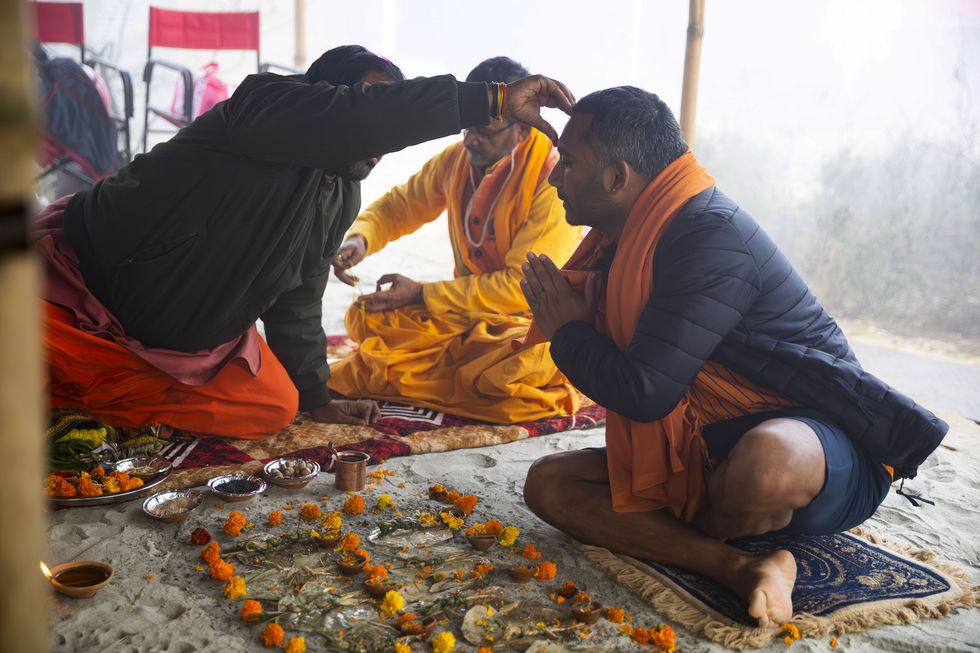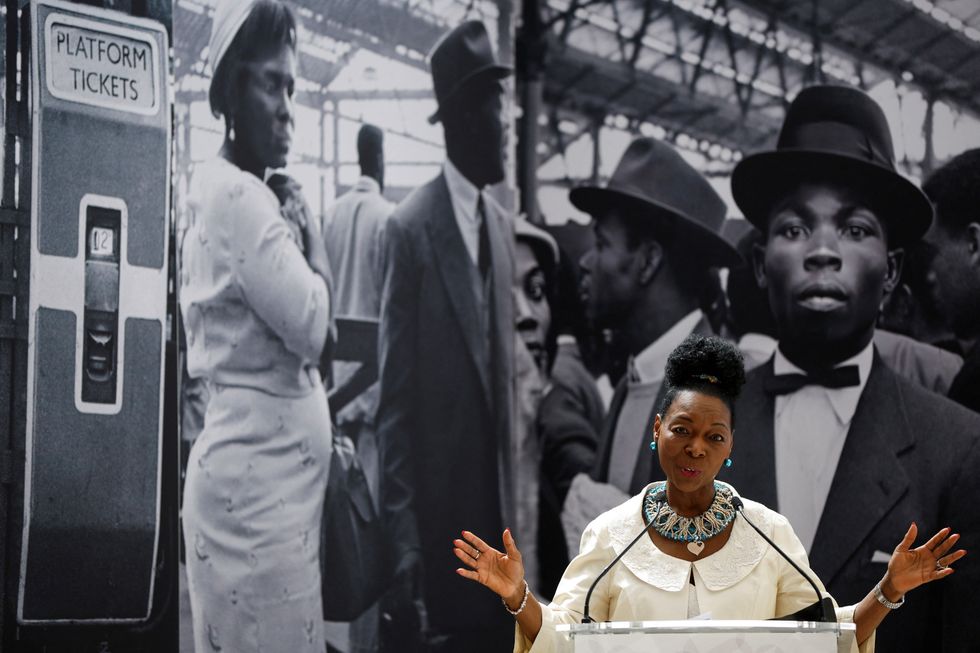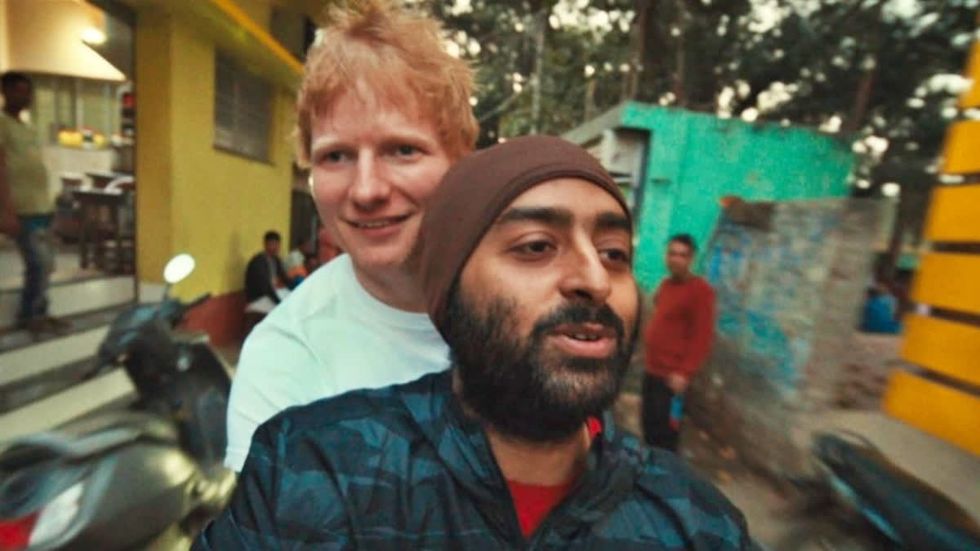Part two of Noor Inayat Khan’s story...
IN JULY 1943, the SOE (Special Operations Executive) offers to safely bring Noor Inayat Khan back to England, but she refuses as she is the last wireless operator left in Paris.
She knows without her, all communication between spies in France and the London office will be lost. She moves from place to place and continues to pass information back to London, which allows new agents to be placed in Paris.
However, by August, Noor is arrested by the Gestapo (Nazi secret police). She fights back so fiercely that she is described as a ‘highly dangerous prisoner.’
Noor is taken to the Gestapo offices. She is tortured for a month, but refuses to give up any information. The Gestapo crack the codes written in her notebook and begin sending messages back to London. Despite clues that the Nazis are pretending to be her, the London office ignore this and send messages back, leading to the capture of three SOE agents by the Germans at their parachute landing site.
By November 1943, Noor is sent to Germany under a ‘night and fog’ decree, meaning that her location is classified. She is held for 10 months in solitary confinement, mostly in chains. She is continuously tortured, but still refuses to give the Nazis any information.
On September 11, 1944, Noor is taken by the Gestapo to Dachau concentration camp, along with three other female agents. The next day sher and the others are taken outside and executed. An SS guard later recorded her last word was Liberte, which means freedom.
Noor was posthumously awarded the George Cross in 1949, and a French Croix de Guerre.
There is also a bronze bust of her in Gordon Square, Bloomsbury, the first memorial in Britain to either a Muslim or an Asian woman. I have laid flowers for her there. There is also now a blue plaque for Noor at 4 Taviton Street in Bloomsbury, where she stayed in 1942 and 1943.
Noor’s story is one of courage and resilience. She was a true inspiration who gave her life for Britain. We should all be incredibly proud of her sacrifice. Lest we forget.





 Rajan offers the pind daan in honour of his father and ancestors
Rajan offers the pind daan in honour of his father and ancestors 











 LONDON, ENGLAND - JUNE 22: Baroness Floella Benjamin speaks during the unveiling of the National Windrush Monument at Waterloo Station on June 22, 2022 in London, England. The photograph in the background is by Howard Grey. (Photo by John Sibley - WPA Pool/Getty Images)
LONDON, ENGLAND - JUNE 22: Baroness Floella Benjamin speaks during the unveiling of the National Windrush Monument at Waterloo Station on June 22, 2022 in London, England. The photograph in the background is by Howard Grey. (Photo by John Sibley - WPA Pool/Getty Images)

 Ed Sheeran and Arijit Singh
Ed Sheeran and Arijit Singh Aziz Ansari’s Hollywood comedy ‘Good Fortune’
Aziz Ansari’s Hollywood comedy ‘Good Fortune’ Punjabi cinema’s power-packed star cast returns in ‘Sarbala Ji’
Punjabi cinema’s power-packed star cast returns in ‘Sarbala Ji’ Mahira Khan
Mahira Khan ‘Housefull 5’ proves Bollywood is trolling its own audience
‘Housefull 5’ proves Bollywood is trolling its own audience Brilliant indie film ‘Chidiya’
Brilliant indie film ‘Chidiya’  John Abraham
John Abraham Hina Khan and her long-term partner Rocky Jaiswal
Hina Khan and her long-term partner Rocky Jaiswal  Shanaya Kapoor's troubled debut
Shanaya Kapoor's troubled debut Sana Yousuf
Sana Yousuf